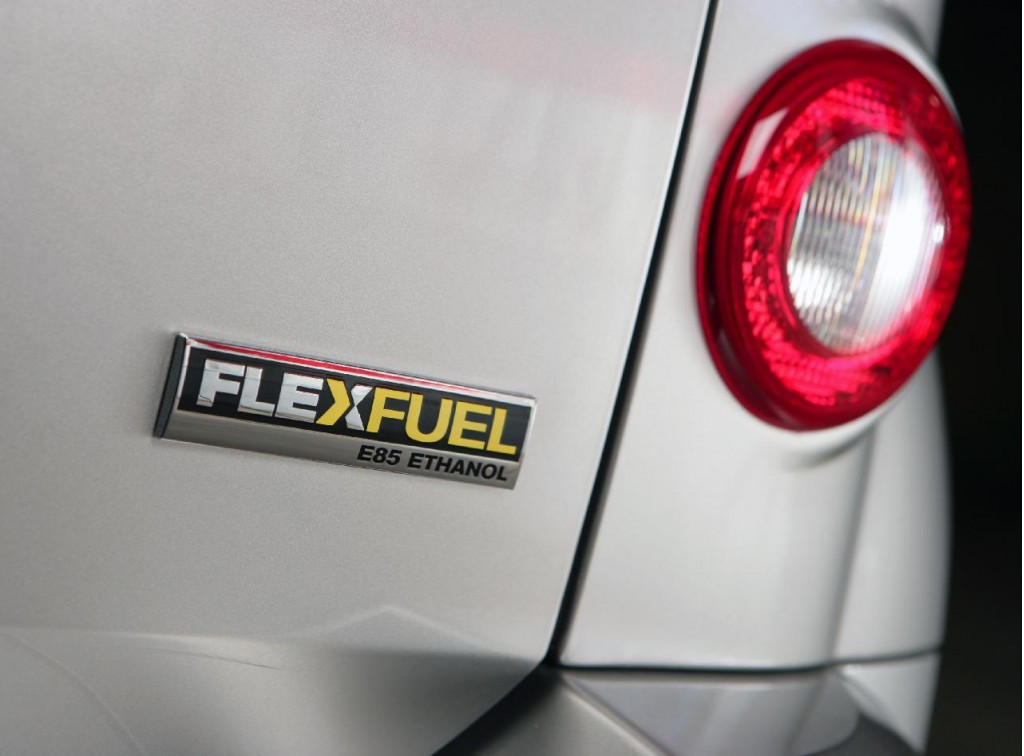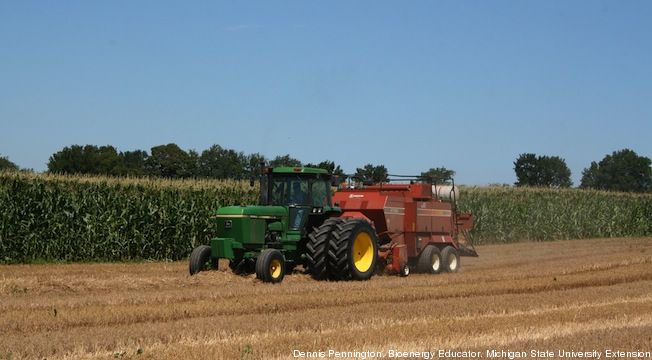Even as world governments continue to encourage the production of biofuels, ethanol remains subject to particular criticism.
The highest-volume feedstocks for ethanol are still plants like corn or sugar cane, which take up farmland that in some cases could otherwise be used for food.
Which is why two companies have paired up to try to make large quantities of ethanol in a very different way.
DON'T MISS: Will Biofuels Growth Require Cutting Down Forests? At Scale, Yes, Report Says
ArcelorMittal--the world's largest steelmaker--plans to collaborate with a small New Zealand company called LanzaTech on a system that can turn carbon monoxide into ethanol.
The key is a microbe found in a rabbit's gut that can complete the seemingly unlikely transformation, according to the Financial Times (subscription required).
This system will be installed at ArcelorMittal's plant in Ghent, Belgium, later this year, at an estimated cost of 87 million euros ($96 million).

FlexFuel badge on E85-capable 2009 Chevrolet HHR
Carbon monoxide produced by the steel-making process is typically captured and burnt off--producing large amounts of carbon dioxide, a greenhouse gas.
As well as being environmentally problematic, capturing carbon monoxide is also expensive.
LanzaTech hopes to entice industrial companies to its greener process by offering the prospect of converting this byproduct into a commodity they can sell to others.
ALSO SEE: Biofuels: Don't Assume They're All Carbon-Neutral, New Study Warns
The company--now based in Chicago--has installed pilot systems in China, including one at a plant run by the country's largest steelmaker, Baosteel.
But the ArcelorMittal project is expected to be much larger.
It will produce 47 thousand tons of ethanol per year--about 30 times more than any of the pilot projects, and enough to meet the needs of half a million ethanol-fueled vehicles each year.

Big square baler harvesting wheat straw for production of cellulosic ethanol
The Ghent project has received 10 million euros ($11 million) in European Union research funds, and ArcelorMittal plans to set up a joint venture with other companies to continue development.
If the technology proves commercially viable, ArcelorMittal plans to use it across its operations.
That would turn the steelmaker into the producer of 10 percent of Europe's ethanol.
MORE: EPA Proposes Lower Increases For Ethanol In Gasoline
The reduction in carbon emissions will be less important than producing large quantities of ethanol from a sustainable source, the steel company says.
Producing ethanol in this way won't occupy farmland, potentially neutralizing criticism about ethanol's affect on feedstocks.
The next question, then, is whether there will be enough market demand for the ethanol for ArcelorMittal to make money--or at least break even while cutting its carbon footprint.
[EDITOR'S NOTE: Green Car Reports thanks our tipster, who prefers to remain an International Man of Mystery.]
_______________________________________________












